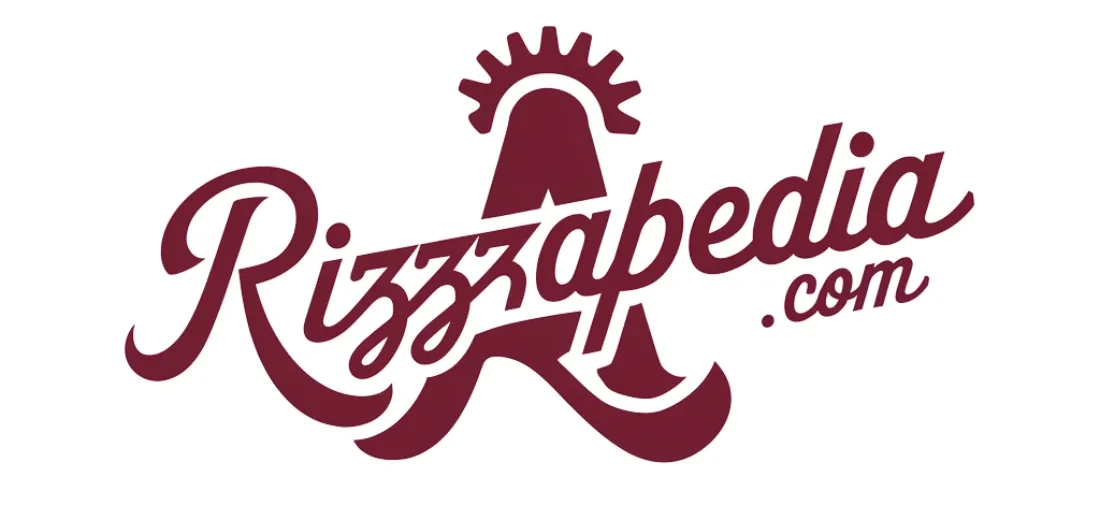Providing strong health benefits isn’t just a nice gesture these days—it’s key to bringing in and keeping talented people in a competitive job market. Sure, your standard health insurance is a must, but adding options like Health Reimbursement Arrangements (HRAs), Health Savings Accounts (HSAs), and Flexible Spending Accounts (FSAs) can really boost what you offer and give both you and your employees some tax perks.
Figuring out the differences between these three is really important. You want a benefits package that makes sense for your company’s budget and also takes care of your employees’ health needs. Let’s dig into each one to see which might be the best fit for your team.
Understanding the Fundamentals
Before diving into comparisons, let’s establish a clear understanding of each option:
Health Reimbursement Arrangements (HRAs)
HRAs are employer-funded plans that reimburse employees for qualified medical expenses and, in some cases, health insurance premiums. As the employer, you determine how much to contribute, which expenses qualify for reimbursement, and whether unused funds roll over to subsequent years. Notably, HRAs are exclusively funded by employers with no employee contributions permitted.
Health Savings Accounts (HSAs)
HSAs are portable savings accounts that must be paired with qualifying high-deductible health plans (HDHPs). Both employers and employees can contribute to HSAs, up to annual limits set by the IRS. Employees own their HSA accounts and can use the funds for qualified medical expenses, with unused balances rolling over year after year and even following employees when they change jobs.
Flexible Spending Accounts (FSAs)
FSAs allow employees to set aside pre-tax dollars for qualified healthcare expenses (or dependent care expenses in the case of Dependent Care FSAs). Contribution limits are established annually by the IRS, and traditionally, FSAs have operated under a “use it or lose it” principle, though limited exceptions now exist. FSAs can be offered alongside various health plans and don’t require high-deductible coverage. It is important to find the right option for your business – you can learn about Benepass’s offer here.
Tax Advantages: A Key Differentiator
All three options offer tax benefits, but the specifics vary significantly:
HRA Tax Advantages
- For Employers: All reimbursements are 100% tax-deductible as business expenses. Additionally, reimbursements are exempt from payroll taxes (FICA, FUTA), saving approximately 7.65% compared to equivalent salary increases.
- For Employees: Reimbursements are completely tax-free, excluded from federal income tax, state income tax (in most states), and FICA taxes.
HSA Tax Advantages
HSAs offer what many consider the ultimate tax trifecta:
- Pre-tax contributions: Whether made by employers or employees, contributions reduce taxable income
- Tax-free growth: Interest and investment earnings accumulate tax-free
- Tax-free withdrawals: Distributions for qualified medical expenses are never taxed
This triple tax advantage makes HSAs particularly powerful both as healthcare funding vehicles and as potential retirement savings supplements.
FSA Tax Advantages
- For Employers: Payroll tax savings on employee contributions (approximately 7.65% on FICA taxes)
- For Employees: Contributions reduce income subject to federal income tax, most state income taxes, and FICA taxes
Control and Flexibility Considerations
When evaluating which option might work best for your organization, understanding who controls the funds and how flexible each arrangement is becomes crucial:
HRA Control Dynamics
HRAs offer employers maximum control over:
- Which expenses qualify for reimbursement
- Contribution amounts (potentially varying by employee class)
- Rollover policies for unused funds
- Integration with existing health insurance plans
This control makes HRAs attractive for employers who want to direct healthcare spending while precisely budgeting benefit costs.
HSA Control Dynamics
HSAs represent the opposite end of the spectrum:
- Employees fully own their accounts
- Funds roll over indefinitely
- Accounts are portable when employees leave
- After age 65, funds can be withdrawn for non-medical purposes (subject to regular income tax)
This employee ownership makes HSAs appealing to workers who value autonomy and long-term savings potential.
FSA Control Dynamics
FSAs fall somewhere in the middle:
- Employers determine plan design and eligible expenses
- Employers can retain unused funds (with exceptions)
- Employees lose most unspent funds at year-end (with limited rollover or grace period options at employer discretion)
- Accounts are not portable when employees leave
Rollover Options and Fund Longevity
How funds persist over time varies dramatically between these options:
HRA Rollovers
Rollover policies for HRAs are entirely at the employer’s discretion. Options include:
- Full rollover of unused amounts
- Partial rollover with caps
- No rollover (use-it-or-lose-it)
- Rollover only for specific employee classes
This flexibility allows employers to design plans that align with their specific goals and budget constraints.
HSA Rollovers
HSAs feature automatic and unlimited rollovers:
- All funds remain in the account indefinitely
- Balances can grow year after year through contributions and investments
- Accounts follow employees throughout their careers and into retirement
- Funds can eventually be passed to designated beneficiaries
FSA Rollovers
Traditionally, FSAs were strictly “use-it-or-lose-it,” but rules now allow for limited exceptions:
- Employers may offer up to a $640 carryover (for 2025)
- Alternatively, employers can provide a 2.5-month grace period
- Employers cannot offer both options simultaneously
- Without either provision, unused funds revert to the employer
Ideal Use Cases: Finding the Right Fit
Each option shines in specific scenarios:
When HRAs Make Sense
HRAs typically work best when:
- You want maximum control over healthcare spending
- You have a diverse workforce with varying healthcare needs
- You need flexibility in benefit design across employee classes
- You want to supplement an existing health plan without replacing it
- You’re a small business looking to provide benefits without offering group health insurance (QSEHRAs)
- You want to help employees purchase individual market insurance (ICHRAs)
When HSAs Make Sense
HSAs are often optimal when:
- You can offer qualifying high-deductible health plans
- Your workforce is relatively young, healthy, and financially savvy
- Employees value long-term savings opportunities
- You want to encourage consumer-driven healthcare decisions
- Your organization seeks to provide a benefit with lifetime value
- Your employees appreciate investment opportunities within benefits
When FSAs Make Sense
FSAs typically excel when:
- You can’t or don’t want to offer HDHPs required for HSAs
- Your employees have predictable healthcare expenses
- You want to offer dependent care benefits alongside healthcare
- You need a simpler administration structure
- Your benefits strategy focuses on immediate rather than long-term needs
- You have employees who can accurately forecast annual medical expenses
Combination Strategies: Creating Synergy
In some cases, combining these options creates powerful synergies. Consider these combinations:
- HDHP + HSA + Limited-Purpose FSA: This combination allows employees to save for long-term needs in the HSA while using the FSA for immediate dental and vision expenses.
- Group Health Plan + HRA + FSA: Employers can use HRAs to cover specific expenses (like deductibles) while employees use FSAs for other planned expenses.
- ICHRA + HSA: When structured properly, this combination allows employees to purchase individual coverage with employer funds while still maintaining HSA eligibility.
Making the Decision: Key Factors to Consider
When determining which option(s) best suit your organization, evaluate:
- Workforce Demographics: Age, health status, financial literacy, and turnover rates should all factor into your decision.
- Current Health Plan Structure: Existing plans may limit or enhance compatibility with these supplemental options.
- Budget Constraints: Consider both immediate costs and long-term financial implications.
- Administrative Capacity: Different options require varying levels of ongoing management and compliance oversight.
- Corporate Culture: Does your organization value employee autonomy or prefer more directed benefits?
- Strategic Goals: Are you primarily focused on recruitment, retention, employee satisfaction, or controlling healthcare costs?
Tailoring Benefits to Your Unique Needs
There’s no one-size-fits-all answer to which health benefit option is best. The optimal choice—or combination of choices—depends entirely on your organization’s specific circumstances, goals, and workforce needs.
HRAs offer unparalleled employer control and design flexibility. HSAs provide the most substantial tax advantages and long-term value for employees. FSAs deliver immediate tax savings with predictable annual budgeting.
The best approach often involves understanding the distinct advantages of each option and strategically implementing the solution that aligns with both your organization’s financial parameters and your employees’ healthcare needs. By carefully evaluating these factors, you can create a health benefits package that serves as a powerful tool for building a healthier, more productive, and more loyal workforce while managing costs effectively.
Remember that benefits regulations evolve regularly, so consider consulting with benefits professionals who can help ensure your chosen strategy remains compliant while maximizing value for both your organization and your employees.
Read more: The Rise Of Female Real Estate Agents: Shaping The Industry’s Future










